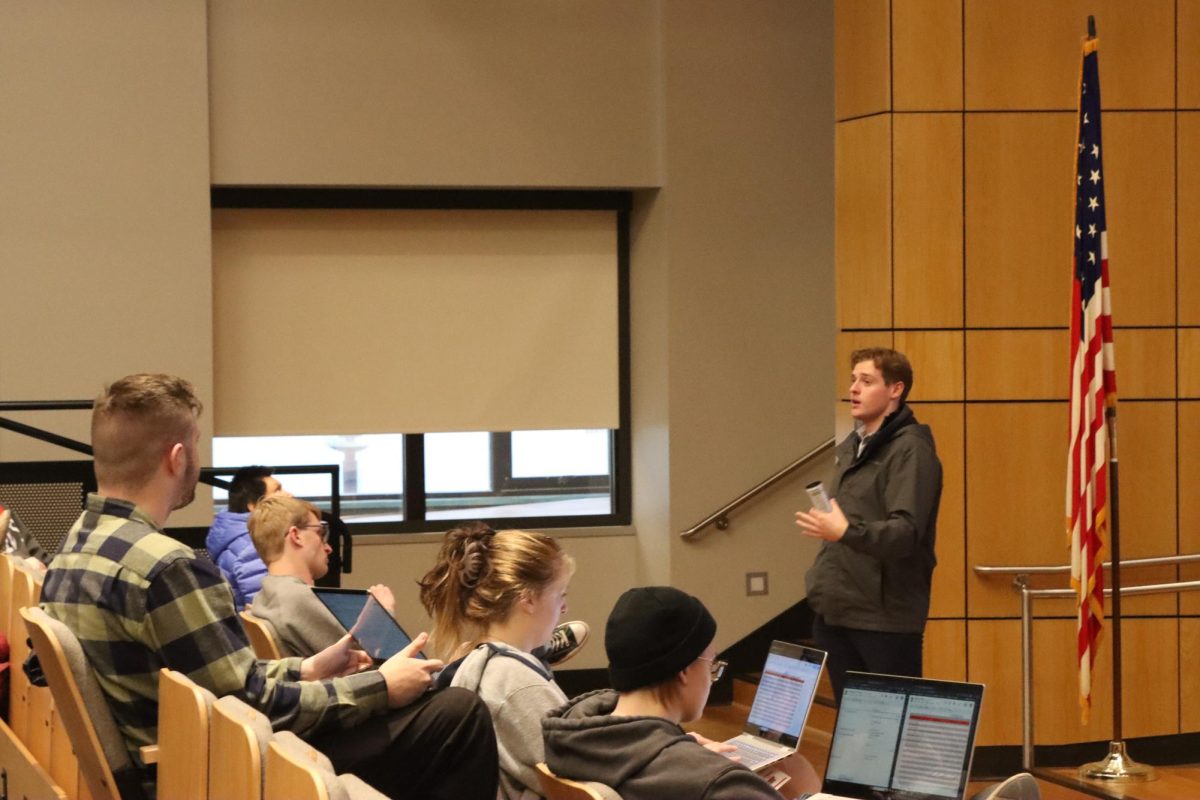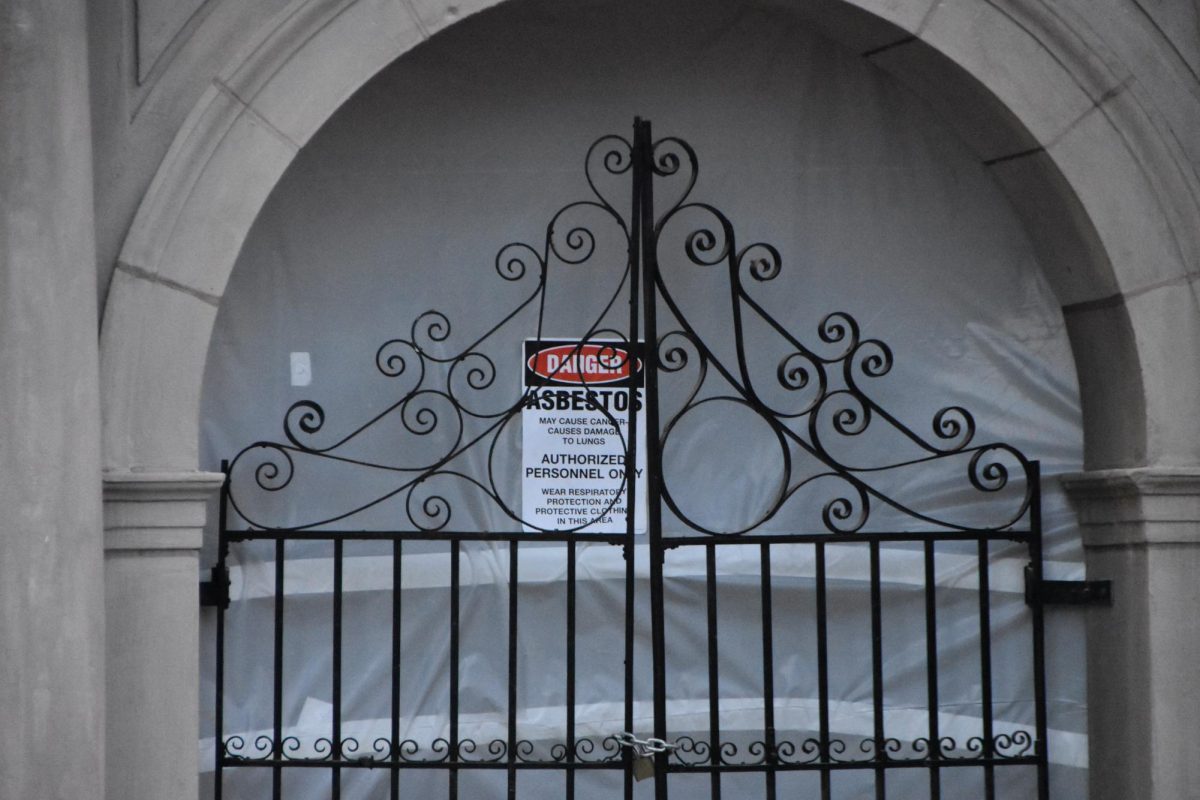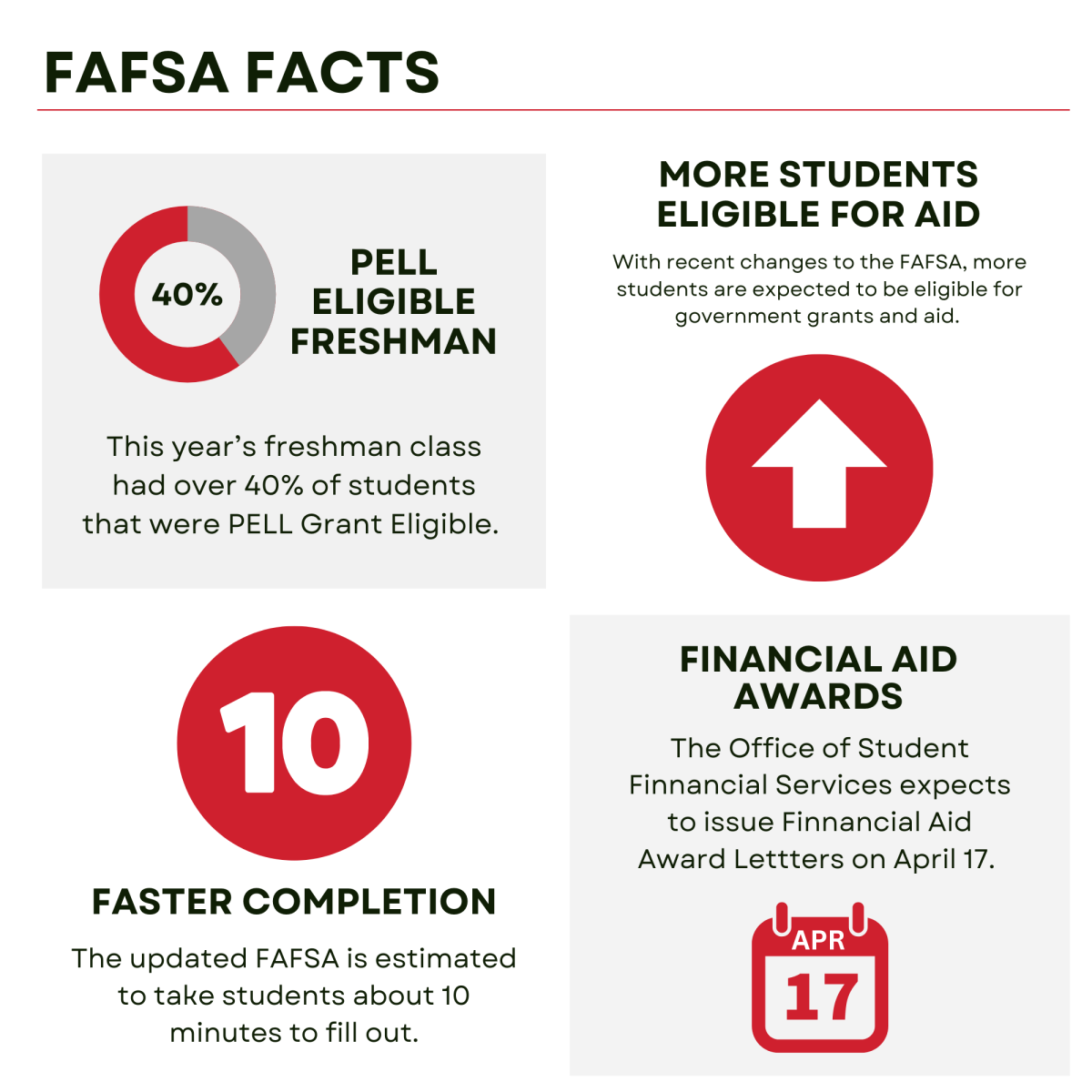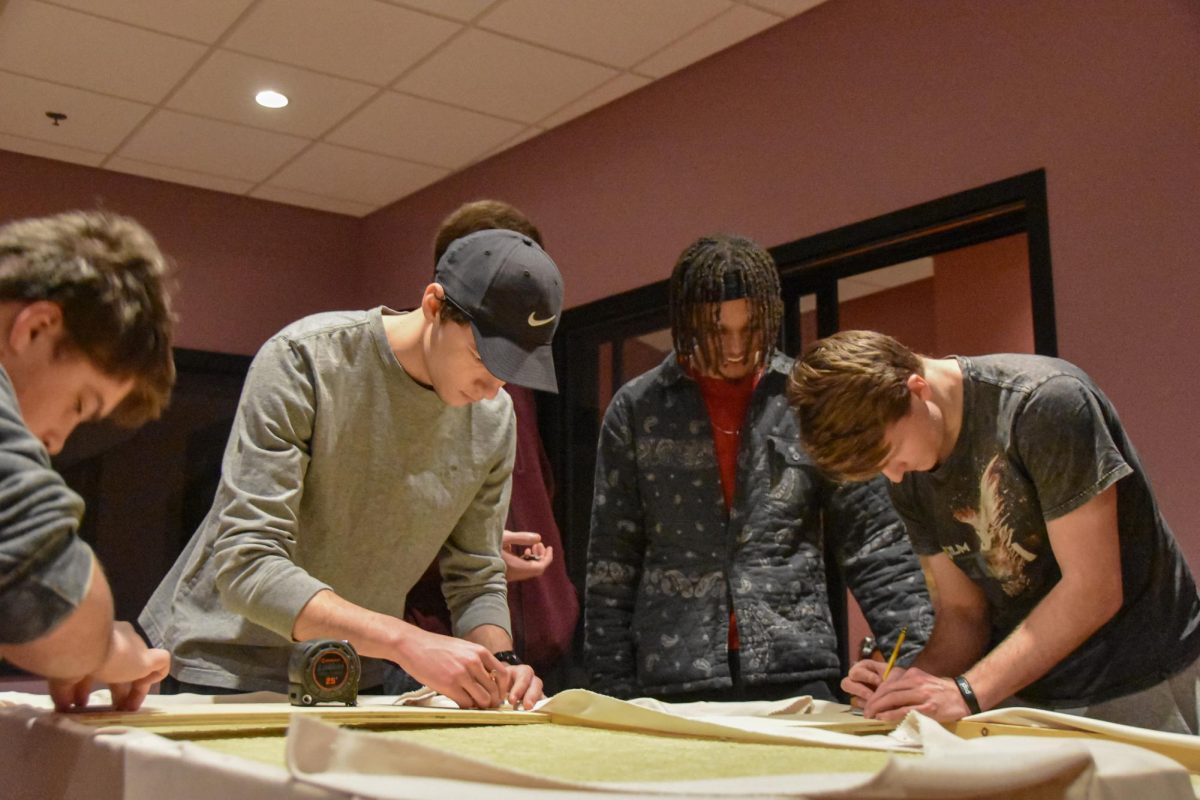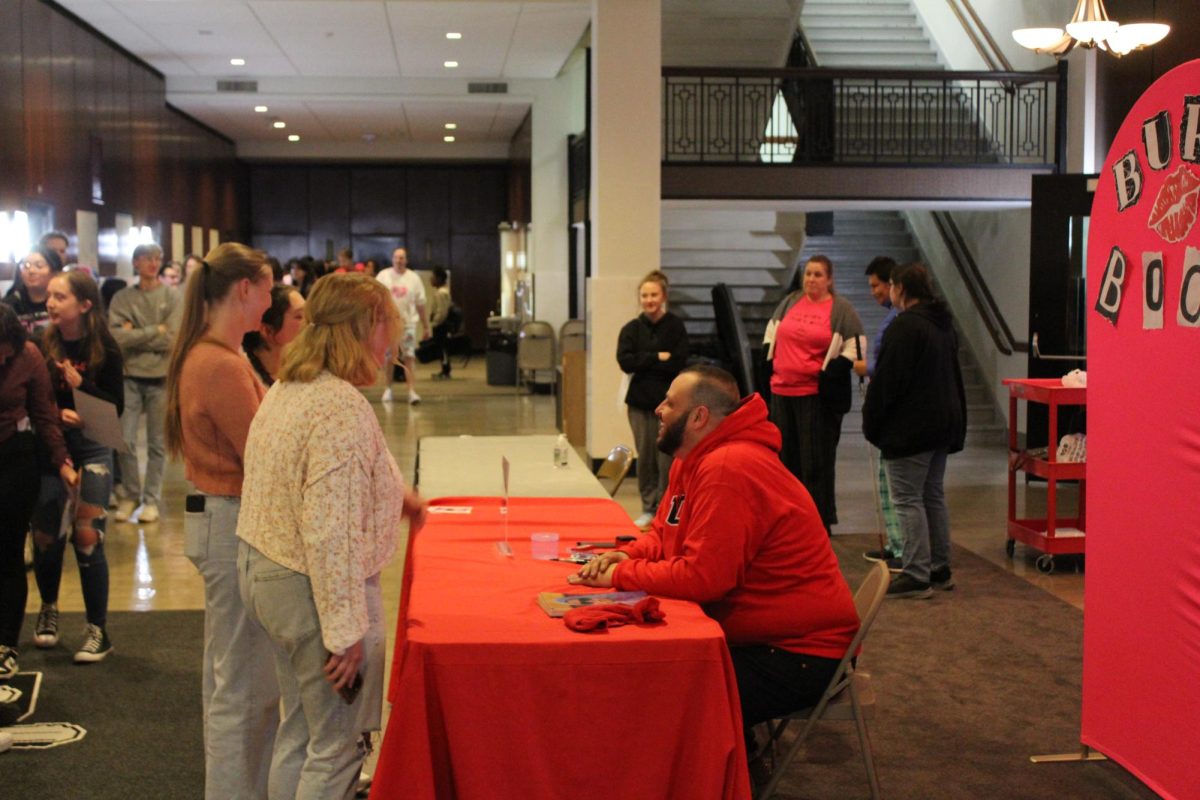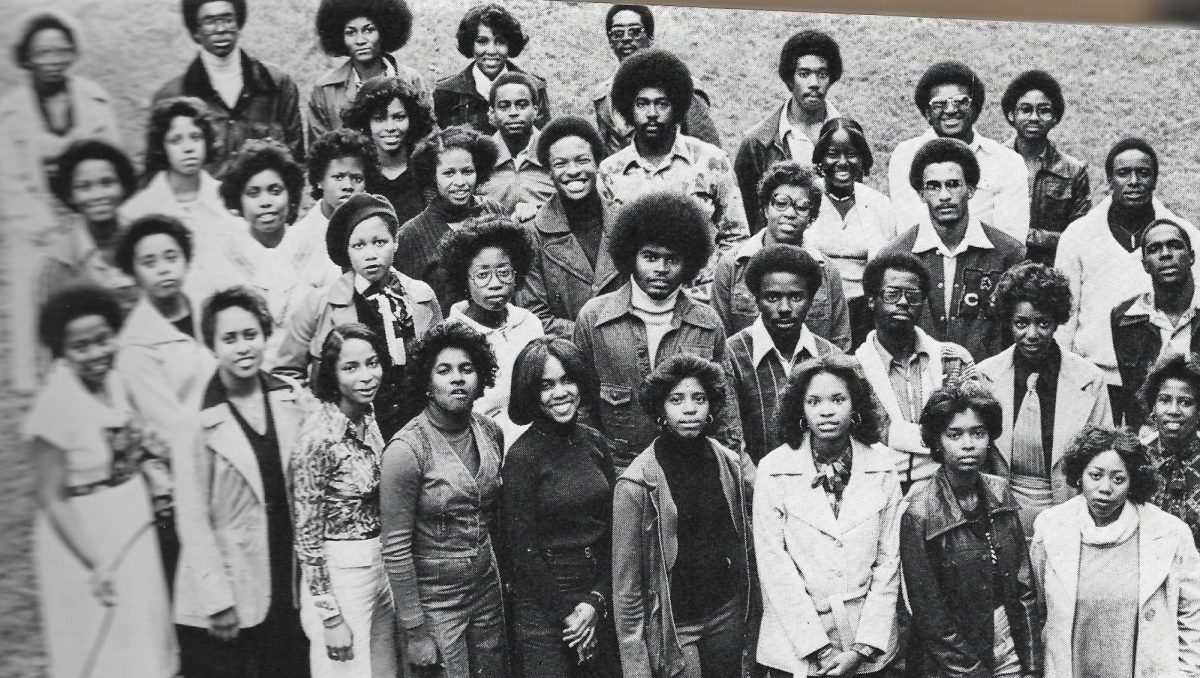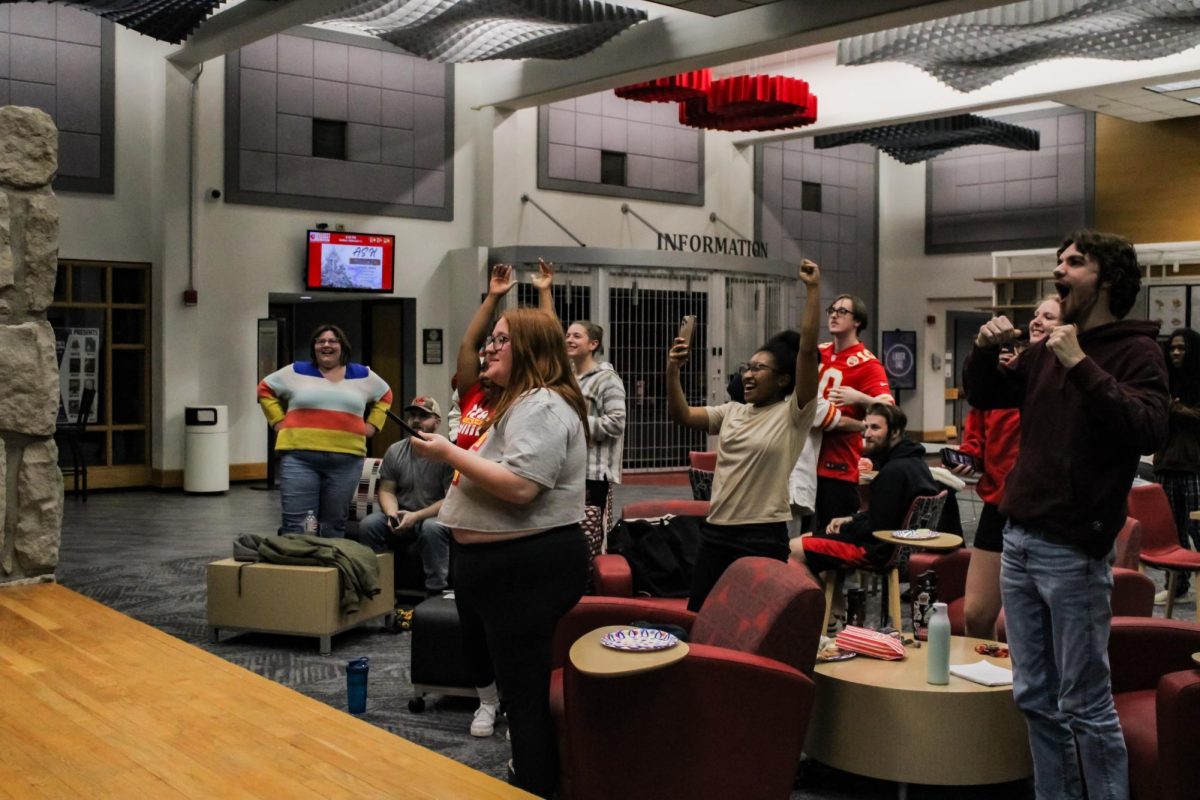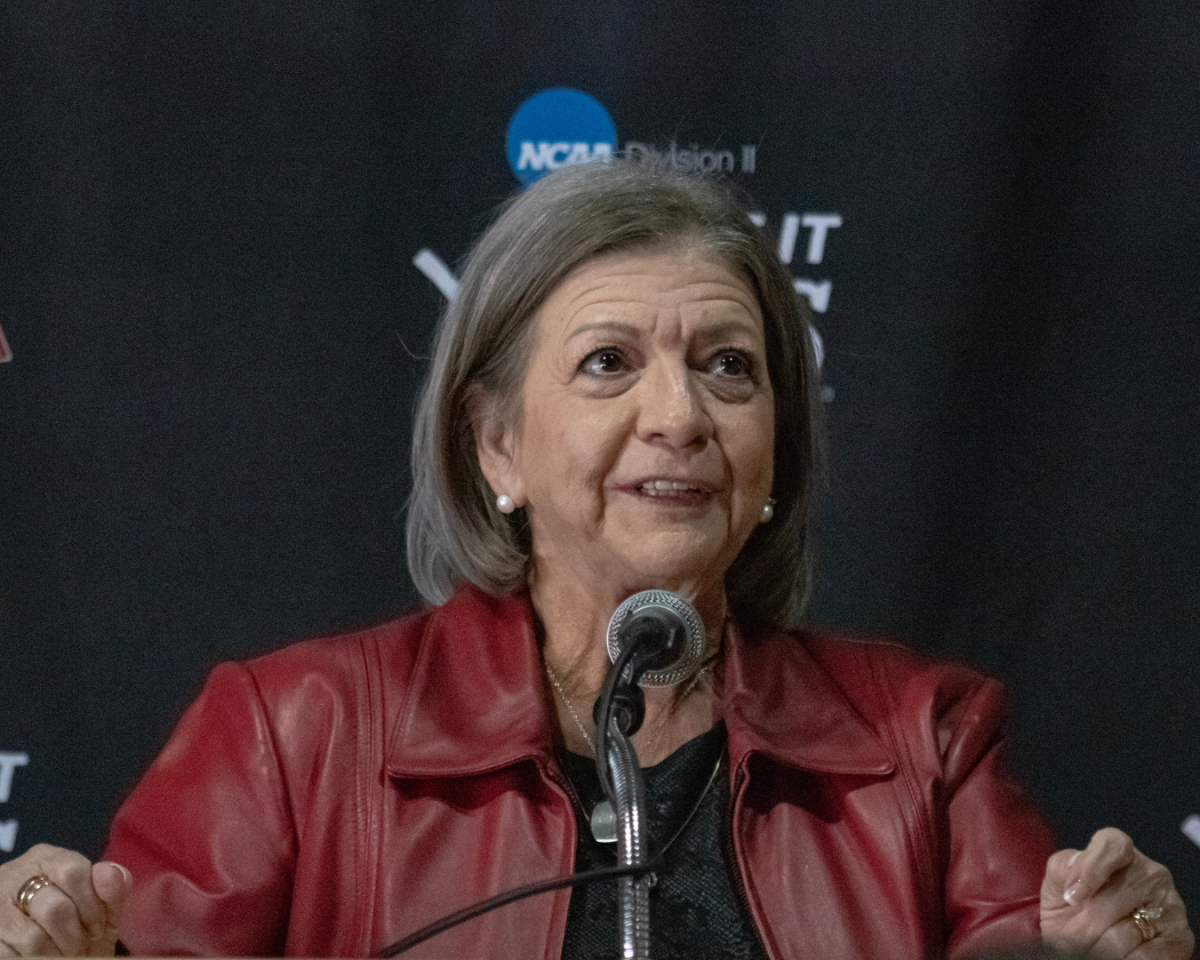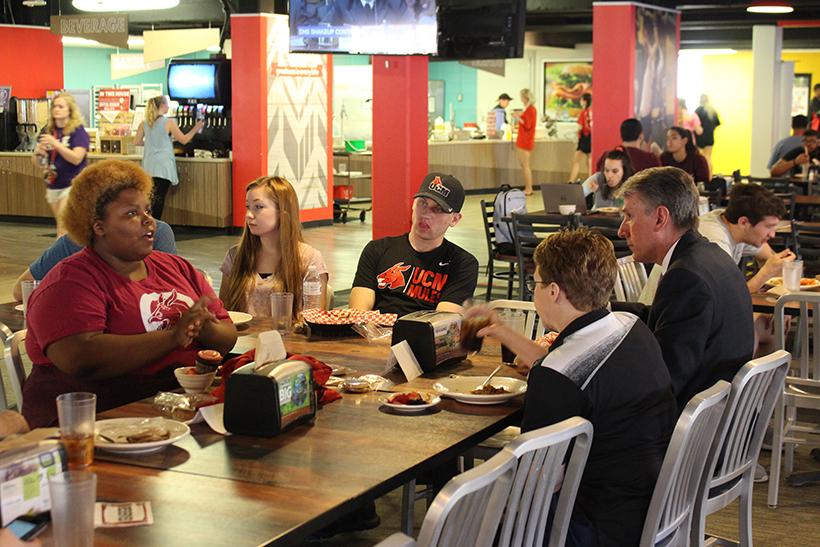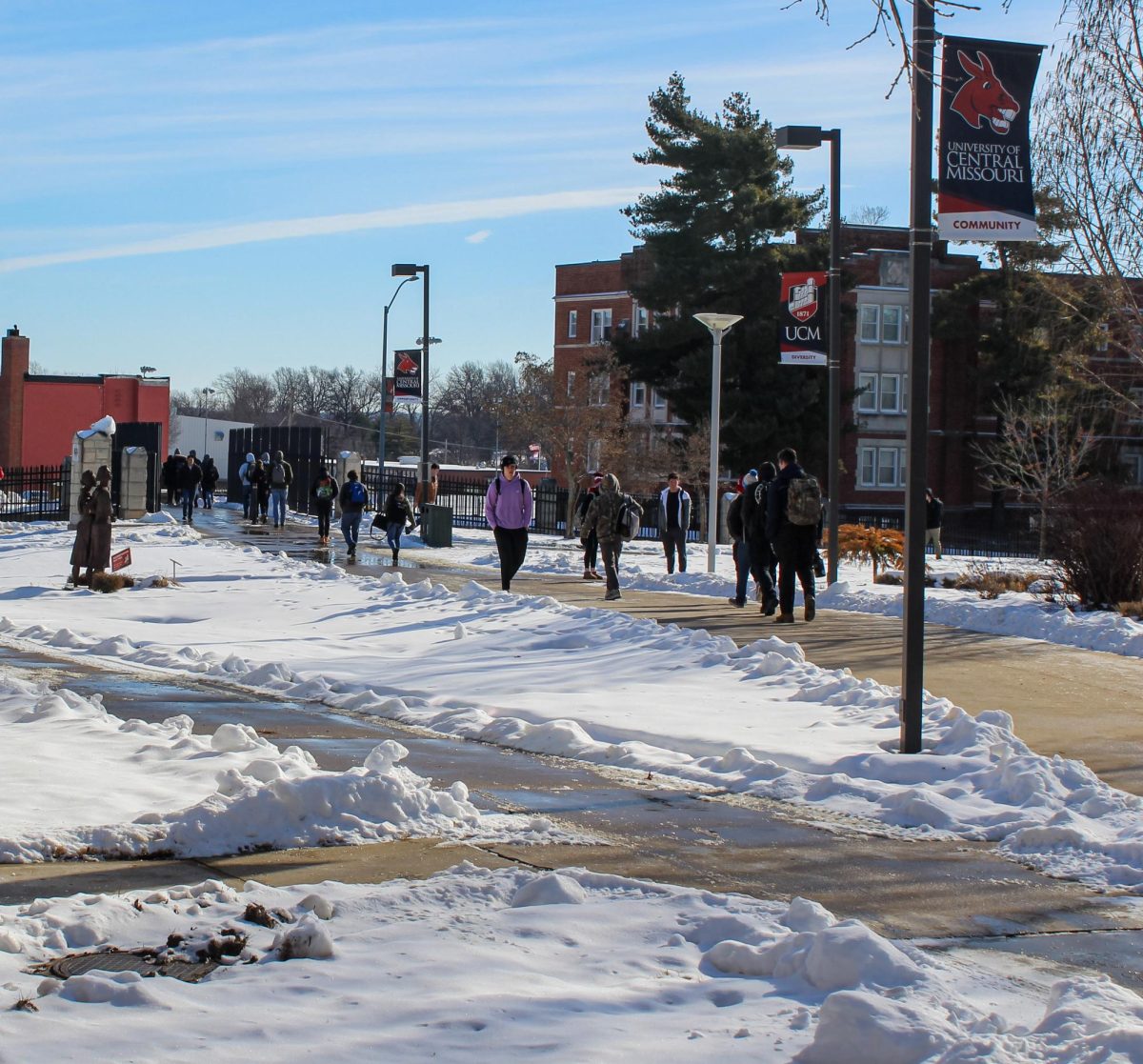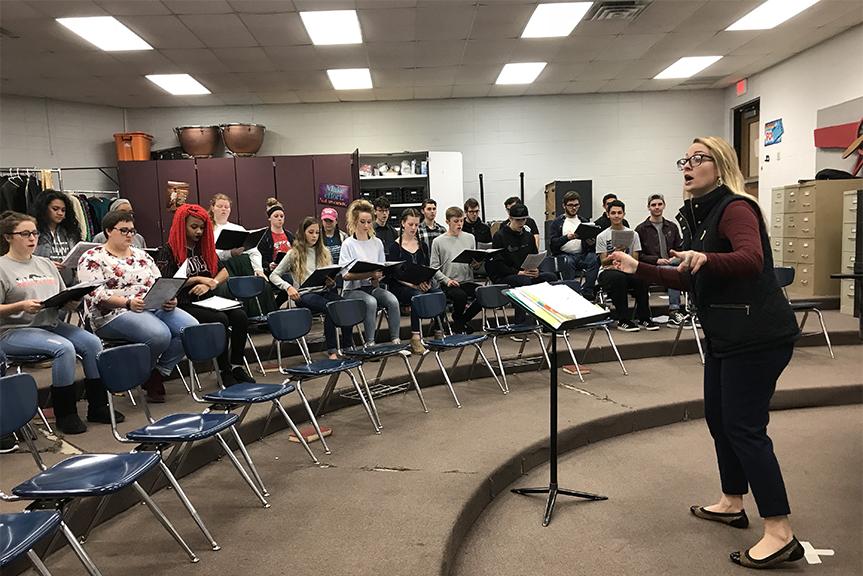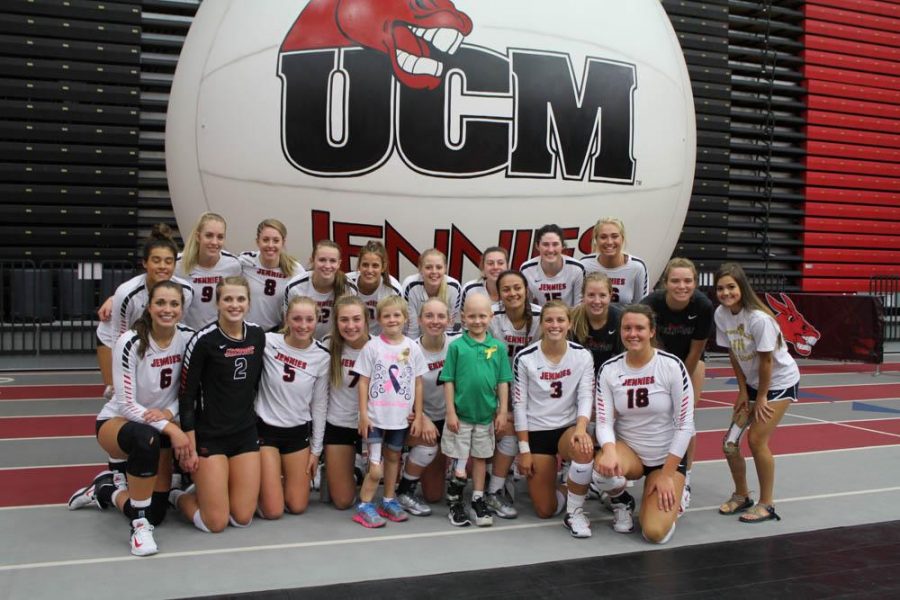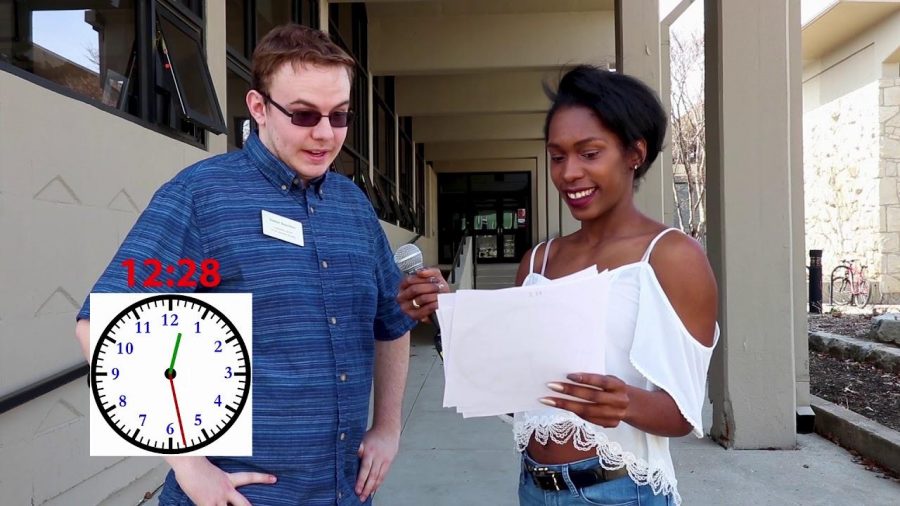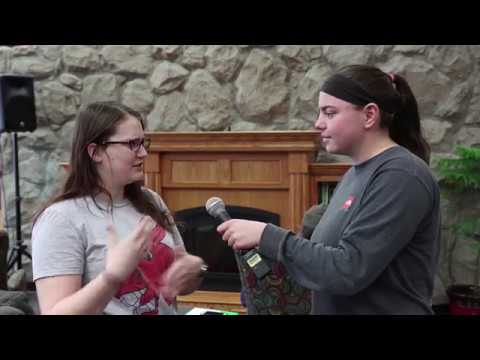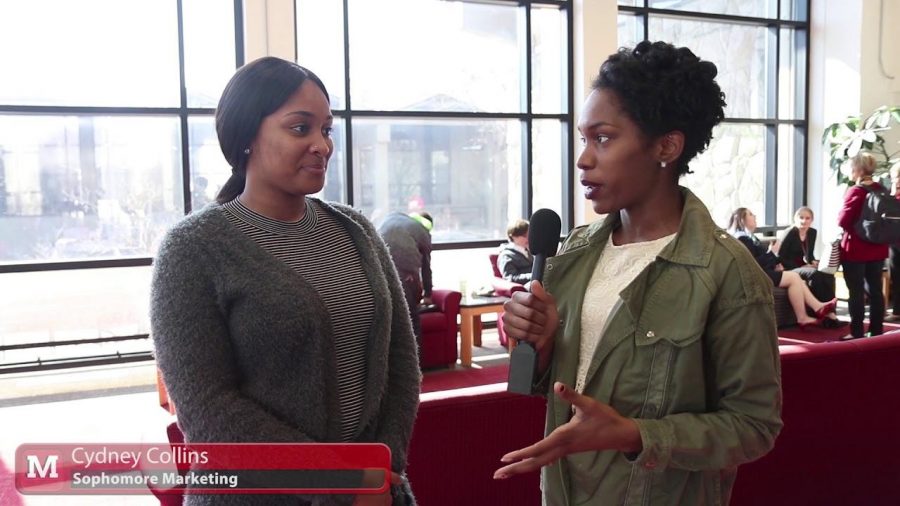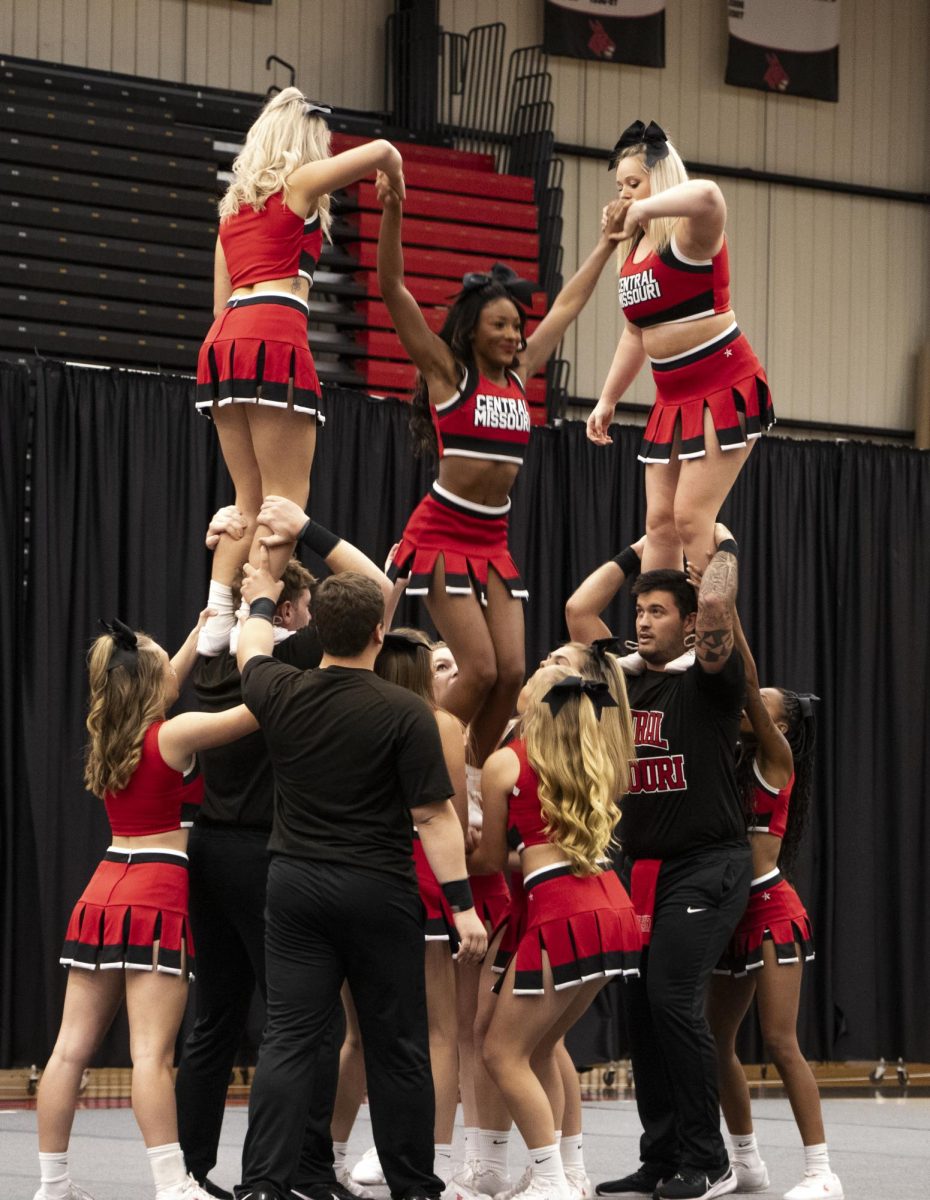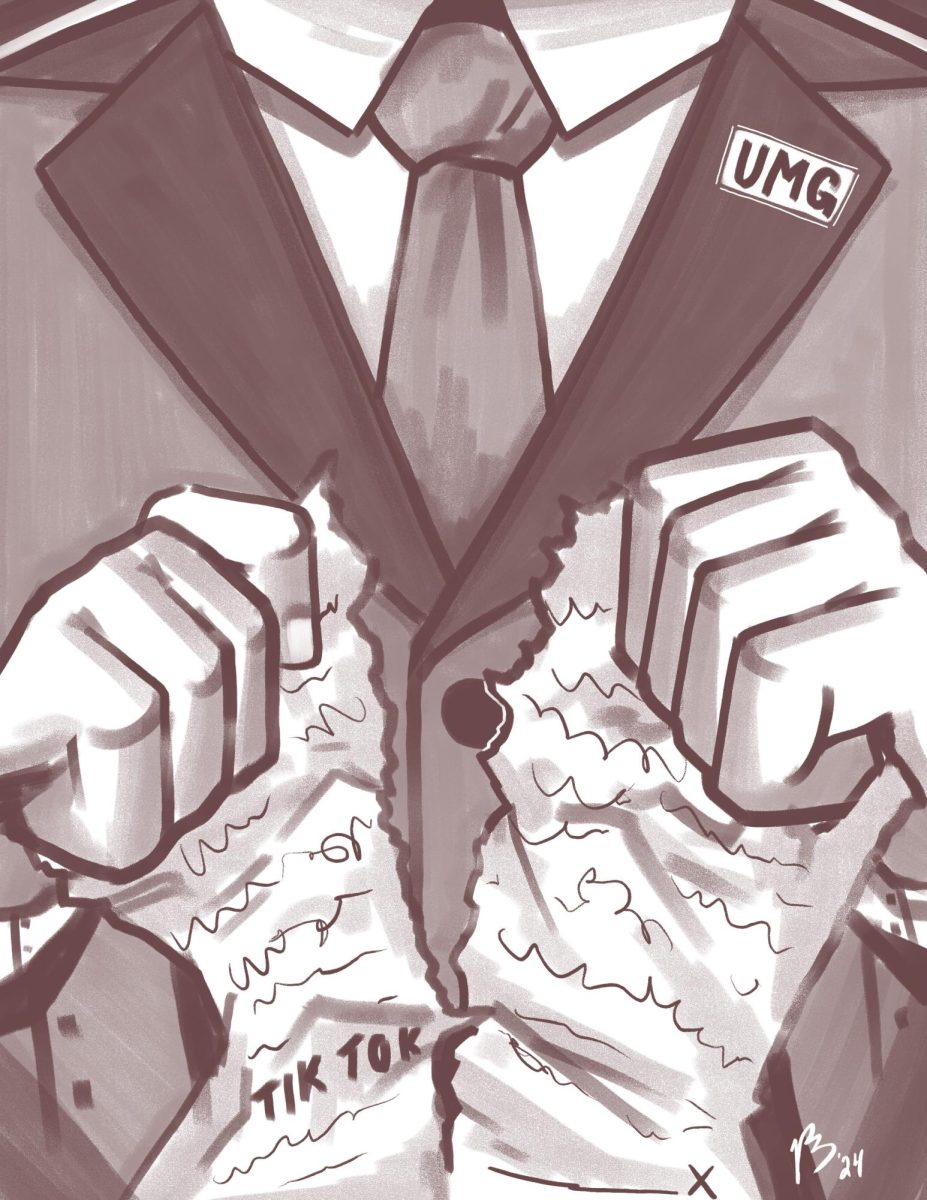The Associated Press
St. Joseph News-Press, July 4
Press governor to fill openings
Here’s a platform plank for a future governor of Missouri:
“I pledge to allocate more resources — time, staff and focus — to the task of seeing to it that the more than 200 state boards and commissions established by state law are, in fact, equipped to act in behalf of the citizens.
“To accomplish this, I will do everything reasonable to ensure these boards function with a full complement of qualified citizen members. I will broadly promote these opportunities for service, anticipate openings and fill all vacancies promptly.”
That this message might gain traction, and votes, should not be lost on those who seek high office in the state. Nor should it escape the attention of Gov. Jay Nixon, on whose watch this has been a statewide issue and one of particular concern in Northwest Missouri.
The Board of Regents for Northwest Missouri State University is supposed to have eight voting members, but three of these positions are vacant and a fourth is occupied by a member whose term has expired. To get any work done, the remaining regents must be unanimous in their decisions.
The situation is not much better at Missouri Western State University. Although the Board of Governors is supposed to have seven voting members, two positions are occupied by members whose terms have expired. One of these, Lesley Graves of Tarkio, continues to be listed as a member even though her term expired in October 2011 and she does not participate in board meetings.
At any given time, hundreds of board and commission positions across the state are unfilled.
Failing to fill openings in a timely manner is unfair to those members who have completed their terms and desire to step down. It also places more responsibility on the remaining members, denies the boards the benefits of a diversity of views and expertise, and likely serves to cede power to the administrators the boards are supposed to direct.
Consider that the appointed citizens overseeing our universities are tasked to: establish policies, by-laws, rules and regulations governing the institution; select and employ the university president; set admission standards; and make financial decisions.
This is important work and requires a full complement of board members to ensure the best possible decision-making.
The governor’s office does have a website where applications for state service are encouraged. It also explains appointments come with a number of requirements, such as how many members can be from the same political party or can live in the same county. No doubt this is complicated at times.
But our system of government anticipates significant self-governance drawing on the willing service of citizens. It is incumbent on the governor to promote this, and to take the steps needed to make sure this works. This starts with speedier appointments.
We also reserve a share of responsibility for our state senators, who we must trust are promoting our interests in Jefferson City and in dealings with the governor. Even current appointed board members can help.
More people should speak up about the problems caused by board vacancies.
_____
Joplin Globe, July 6
Our view: Public support critical for endangered species
Last week’s decision by the U.S. Fish and Wildlife Service to suspend introduction of captive-bred red wolves into the only surviving wild population is another setback for a species that has had too many of them in the past and can’t afford more of them in the future — if it is to have one.
In and of itself, this decision is not fatal, as only two captive-bred foster pups were introduced into that wild population last year.
But it has to be seen in the context of a series of setbacks for this species on the edge of extinction — most recently the decision by the North Carolina Wildlife Resources Commission earlier this year to call for an end to the red wolf recovery program.
Of equal concern is the decision by the U.S. Fish and Wildlife Service to revisit a question that it has treated as settled for decades: whether the red wolf is indeed a separate species or some sort of wolf-coyote hybrid, as some opponents of the restoration have claimed.
Red wolves, which were once found throughout the Southeastern United States, including the Ozarks, are among the most imperiled animals on the planet, with only 50 to 75 surviving in the wilds of eastern North Carolina after a half century of some of the most aggressive conservation measures ever taken on behalf of a species. Another 230 survive in captive breeding programs around the country, but finding a home for them is problematic.
On Tuesday, the U.S. Fish and Wildlife Service said those animals that are already in the wild will remain there, and the agency will continue to manage them and study them in hopes of gathering additional information that will inform its review of the program, with a decision expected perhaps early next year.
Whether the agency will continue the program remains to be seen, but there is a critical lesson to be drawn from what one expert has called one of the toughest conservation issues in the country today. The lesson is this: Without public support, no endangered species will succeed, no matter how many years are put into its recovery, how aggressive the intervention or how much money is spent.
Whether the U.S. Fish and Wildlife Service can save the red wolf remains to be seen, but officials can’t do it alone. They have to go back and build support and earn the trust of nearby private landowners and local public officials who believe they have been misled at times and ignored at others.
But it must be done.
Leaving our children a world further impoverished by the extinction of yet another species is not an option.
_____
Southeast Missourian, July 5
Farming camp brings joy to foster children
It’s bad enough when adults go through difficult times; we feel for them, wish them well and find ways to help. But when children are hurting, our hearts are especially broken. In a perfect world, children would never hurt, never go without, never feel the losses too many of them encounter in our world marred by imperfection. It is, unfortunately, not possible to shield them from the suffering that life sometimes brings their way, so when someone finds a way to offer a little heaven on earth, we take note.
Laura Nothdurft, formerly a Jackson agriculture teacher, helps run a farm with her husband, Jeremie. The couple came up with an idea to help area foster children through a program called Foster Creek Farm Camp. Working with Hope Children’s Home in Jackson, the program was designed to offer a place for foster children to find enjoyment and relaxation while providing a learning experience. The farm and another became perfect places for the participants, ranging in age from 6 to 19, to learn about farm life and food production.
Missouri Children’s Division has placed the children in Hope Children’s Home because of traumatic family situations or being orphaned, so Crissy Mayberry, the home’s executive director, said that when Nothdurft first approached her with the idea, she thought it was an “amazing” opportunity. She added that leading up to the camp, the kids had “really been looking forward to it.”
Among other lessons, during the two-day camp, they were taught such skills as how to grow wheat, the difference between beef cows and dairy cows and where milk goes after it is pumped. They even learned how to make ice cream from scratch; that’s a lesson everyone wants to take part in — if for no other reason than that they usually get to eat the fruit of their labor.
Sometimes, being exposed to a different way of life shines a light during a child’s dark time. Thank you to the Nothdurfts for their idea, the Walthers for use of their farm, and Hope for allowing the children the opportunity. May these young people know just how special they are to those who made this possible.
_____
Jefferson City News-Tribune, July 5
Timeless messages
What message would you like to share with residents 100 years from now?
We put that question to a number of community leaders in anticipation of a new time capsule to be sealed for the next century, placed in the state Capitol and opened in 2115.
A science-fiction motif imagines humans awakening from suspended animation to interact with future residents and societies. Although suspended animation is not a reality, we can document some visions and ideas to be shared with people a century from now.
Those messages include:
. Jefferson City Mayor Carrie Tergin — “As mayor of Jefferson City and the second woman to serve as mayor in our city’s history, we have amazing opportunities for our capital city. Future headlines in News Tribune will highlight our population growth, projects including access to our beautiful river, Capitol Avenue coming back to its original glory and preserving the former Missouri State Penitentiary site into a draw for our city and visitors, keeping the history of the Capitol corridor thriving for generations to come! This is just the beginning!”
. Cole County Presiding Commissioner Sam Bushman — “I’ve been a downtown businessman in Jefferson City for over four decades, and I’ve watched our business district survive the exodus to the Mall, upscale strip malls and Walmart. . I am also presiding commissioner of Cole County, which was established in 1820. Cole County is a vibrant county that thrives not only because of state government but also because of its strong ties to agriculture and farming.
“As we move farther into the 21st century, the future looks positive for Jefferson City and Cole County.”
. Lincoln University President Kevin Rome — “Lincoln University has a great and unique history. Today it should be one of the most diverse and progressive universities in the world.”
. United Way of Central Missouri President Ann Bax — “I am so proud of our Mid-Missouri community — it is a symbol of caring, courage and solidarity. Despite the challenges which have gone hand in hand with the Great Recession, our community has remained diligent about one thing — helping each other.
“2015 marks the 90th anniversary of the United Way of Central Missouri. Ninety years of helping people find their future selves, empowering families, and strengthening our community. In 100 years I believe you will find the same caring, committed community and the United Way of Central Missouri stronger than ever to support the community we all love. We are a city invincible.”
The Jefferson City News Tribune this year is celebrating its 150th anniversary.
We can only wonder how people 100 years in the future will react to the headlines and issues in today’s edition, and what news our successors will be covering and featuring in the year 2115.
Here’s a platform plank for a future governor of Missouri:
“I pledge to allocate more resources — time, staff and focus — to the task of seeing to it that the more than 200 state boards and commissions established by state law are, in fact, equipped to act in behalf of the citizens.
“To accomplish this, I will do everything reasonable to ensure these boards function with a full complement of qualified citizen members. I will broadly promote these opportunities for service, anticipate openings and fill all vacancies promptly.”
That this message might gain traction, and votes, should not be lost on those who seek high office in the state. Nor should it escape the attention of Gov. Jay Nixon, on whose watch this has been a statewide issue and one of particular concern in Northwest Missouri.
The Board of Regents for Northwest Missouri State University is supposed to have eight voting members, but three of these positions are vacant and a fourth is occupied by a member whose term has expired. To get any work done, the remaining regents must be unanimous in their decisions.
The situation is not much better at Missouri Western State University. Although the Board of Governors is supposed to have seven voting members, two positions are occupied by members whose terms have expired. One of these, Lesley Graves of Tarkio, continues to be listed as a member even though her term expired in October 2011 and she does not participate in board meetings.
At any given time, hundreds of board and commission positions across the state are unfilled.
Failing to fill openings in a timely manner is unfair to those members who have completed their terms and desire to step down. It also places more responsibility on the remaining members, denies the boards the benefits of a diversity of views and expertise, and likely serves to cede power to the administrators the boards are supposed to direct.
Consider that the appointed citizens overseeing our universities are tasked to: establish policies, by-laws, rules and regulations governing the institution; select and employ the university president; set admission standards; and make financial decisions.
This is important work and requires a full complement of board members to ensure the best possible decision-making.
The governor’s office does have a website where applications for state service are encouraged. It also explains appointments come with a number of requirements, such as how many members can be from the same political party or can live in the same county. No doubt this is complicated at times.
But our system of government anticipates significant self-governance drawing on the willing service of citizens. It is incumbent on the governor to promote this, and to take the steps needed to make sure this works. This starts with speedier appointments.
We also reserve a share of responsibility for our state senators, who we must trust are promoting our interests in Jefferson City and in dealings with the governor. Even current appointed board members can help.
More people should speak up about the problems caused by board vacancies.
_____
Joplin Globe, July 6
Our view: Public support critical for endangered species
Last week’s decision by the U.S. Fish and Wildlife Service to suspend introduction of captive-bred red wolves into the only surviving wild population is another setback for a species that has had too many of them in the past and can’t afford more of them in the future — if it is to have one.
In and of itself, this decision is not fatal, as only two captive-bred foster pups were introduced into that wild population last year.
But it has to be seen in the context of a series of setbacks for this species on the edge of extinction — most recently the decision by the North Carolina Wildlife Resources Commission earlier this year to call for an end to the red wolf recovery program.
Of equal concern is the decision by the U.S. Fish and Wildlife Service to revisit a question that it has treated as settled for decades: whether the red wolf is indeed a separate species or some sort of wolf-coyote hybrid, as some opponents of the restoration have claimed.
Red wolves, which were once found throughout the Southeastern United States, including the Ozarks, are among the most imperiled animals on the planet, with only 50 to 75 surviving in the wilds of eastern North Carolina after a half century of some of the most aggressive conservation measures ever taken on behalf of a species. Another 230 survive in captive breeding programs around the country, but finding a home for them is problematic.
On Tuesday, the U.S. Fish and Wildlife Service said those animals that are already in the wild will remain there, and the agency will continue to manage them and study them in hopes of gathering additional information that will inform its review of the program, with a decision expected perhaps early next year.
Whether the agency will continue the program remains to be seen, but there is a critical lesson to be drawn from what one expert has called one of the toughest conservation issues in the country today. The lesson is this: Without public support, no endangered species will succeed, no matter how many years are put into its recovery, how aggressive the intervention or how much money is spent.
Whether the U.S. Fish and Wildlife Service can save the red wolf remains to be seen, but officials can’t do it alone. They have to go back and build support and earn the trust of nearby private landowners and local public officials who believe they have been misled at times and ignored at others.
But it must be done.
Leaving our children a world further impoverished by the extinction of yet another species is not an option.
_____
Southeast Missourian, July 5
Farming camp brings joy to foster children
It’s bad enough when adults go through difficult times; we feel for them, wish them well and find ways to help. But when children are hurting, our hearts are especially broken. In a perfect world, children would never hurt, never go without, never feel the losses too many of them encounter in our world marred by imperfection. It is, unfortunately, not possible to shield them from the suffering that life sometimes brings their way, so when someone finds a way to offer a little heaven on earth, we take note.
Laura Nothdurft, formerly a Jackson agriculture teacher, helps run a farm with her husband, Jeremie. The couple came up with an idea to help area foster children through a program called Foster Creek Farm Camp. Working with Hope Children’s Home in Jackson, the program was designed to offer a place for foster children to find enjoyment and relaxation while providing a learning experience. The farm and another became perfect places for the participants, ranging in age from 6 to 19, to learn about farm life and food production.
Missouri Children’s Division has placed the children in Hope Children’s Home because of traumatic family situations or being orphaned, so Crissy Mayberry, the home’s executive director, said that when Nothdurft first approached her with the idea, she thought it was an “amazing” opportunity. She added that leading up to the camp, the kids had “really been looking forward to it.”
Among other lessons, during the two-day camp, they were taught such skills as how to grow wheat, the difference between beef cows and dairy cows and where milk goes after it is pumped. They even learned how to make ice cream from scratch; that’s a lesson everyone wants to take part in — if for no other reason than that they usually get to eat the fruit of their labor.
Sometimes, being exposed to a different way of life shines a light during a child’s dark time. Thank you to the Nothdurfts for their idea, the Walthers for use of their farm, and Hope for allowing the children the opportunity. May these young people know just how special they are to those who made this possible.
_____
Jefferson City News-Tribune, July 5
Timeless messages
What message would you like to share with residents 100 years from now?
We put that question to a number of community leaders in anticipation of a new time capsule to be sealed for the next century, placed in the state Capitol and opened in 2115.
A science-fiction motif imagines humans awakening from suspended animation to interact with future residents and societies. Although suspended animation is not a reality, we can document some visions and ideas to be shared with people a century from now.
Those messages include:
. Jefferson City Mayor Carrie Tergin — “As mayor of Jefferson City and the second woman to serve as mayor in our city’s history, we have amazing opportunities for our capital city. Future headlines in News Tribune will highlight our population growth, projects including access to our beautiful river, Capitol Avenue coming back to its original glory and preserving the former Missouri State Penitentiary site into a draw for our city and visitors, keeping the history of the Capitol corridor thriving for generations to come! This is just the beginning!”
. Cole County Presiding Commissioner Sam Bushman — “I’ve been a downtown businessman in Jefferson City for over four decades, and I’ve watched our business district survive the exodus to the Mall, upscale strip malls and Walmart. . I am also presiding commissioner of Cole County, which was established in 1820. Cole County is a vibrant county that thrives not only because of state government but also because of its strong ties to agriculture and farming.
“As we move farther into the 21st century, the future looks positive for Jefferson City and Cole County.”
. Lincoln University President Kevin Rome — “Lincoln University has a great and unique history. Today it should be one of the most diverse and progressive universities in the world.”
. United Way of Central Missouri President Ann Bax — “I am so proud of our Mid-Missouri community — it is a symbol of caring, courage and solidarity. Despite the challenges which have gone hand in hand with the Great Recession, our community has remained diligent about one thing — helping each other.
“2015 marks the 90th anniversary of the United Way of Central Missouri. Ninety years of helping people find their future selves, empowering families, and strengthening our community. In 100 years I believe you will find the same caring, committed community and the United Way of Central Missouri stronger than ever to support the community we all love. We are a city invincible.”
The Jefferson City News Tribune this year is celebrating its 150th anniversary.
We can only wonder how people 100 years in the future will react to the headlines and issues in today’s edition, and what news our successors will be covering and featuring in the year 2115.
Story continues below advertisement

